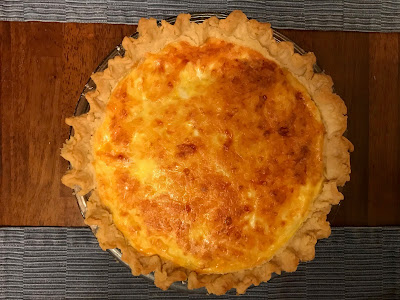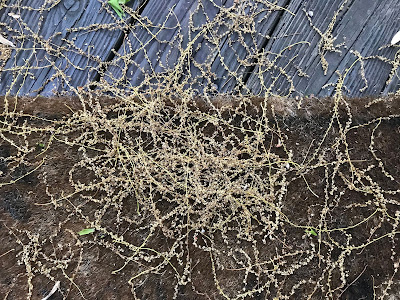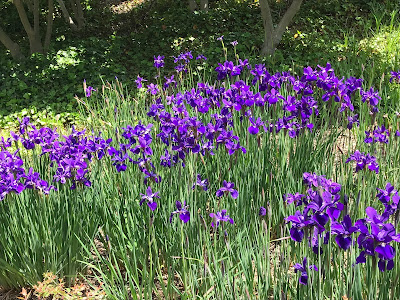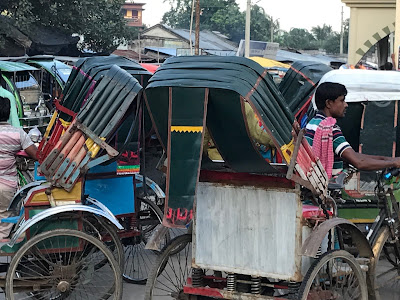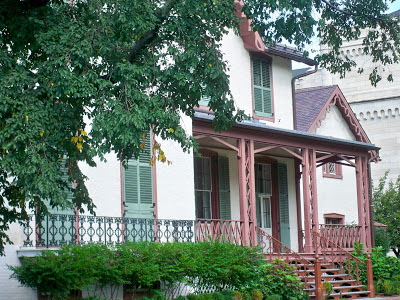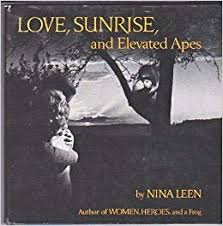The more I read of Niall Williams’s This is Happiness (more about this wonderful book in a later post), the more I realize that, although I grew up in Lexington, Kentucky, I also grew up in an Irish storytelling culture. Although on the surface my dad seemed to be the chief yarn-spinner, Mom was no slouch in the storytelling department, and her mother, my nana, could tell tall tales with the best of them.
One of Mom’s stories, which may have come in part from her mother — or at least happened when Mom was a little girl — involved a man whose name was Mangione, I think, or maybe Mahoney. This man lived on High or Maxwell or one of the tree-lined streets around the University of Kentucky. And one fine day he went into his house, climbed up into an attic room, and — Mom always said this part dramatically — never came out again.
As a child I was always fascinated with the mechanics of this arrangement. Was there a bathroom up there? Did he receive his food on a tray? As an adult I realize that this man must have have had agoraphobia or some other anxiety that kept him from leaving the house. But whatever the reason, I’ve often thought of his as a cautionary tale, what happens to people who don’t get out enough — they simply stop wanting to leave.
Is our sheltering-in-place creating an epidemic of agoraphobia, a generation of hermits? Will the quarantines be relaxed, the doors thrown open, and people just yawn and say, that’s fine, but I’ll stay inside, thank you very much.
I feel it in myself, this lessening of desire to be out and about in the world, this contentment with containment. I wonder if others feel the same way.

